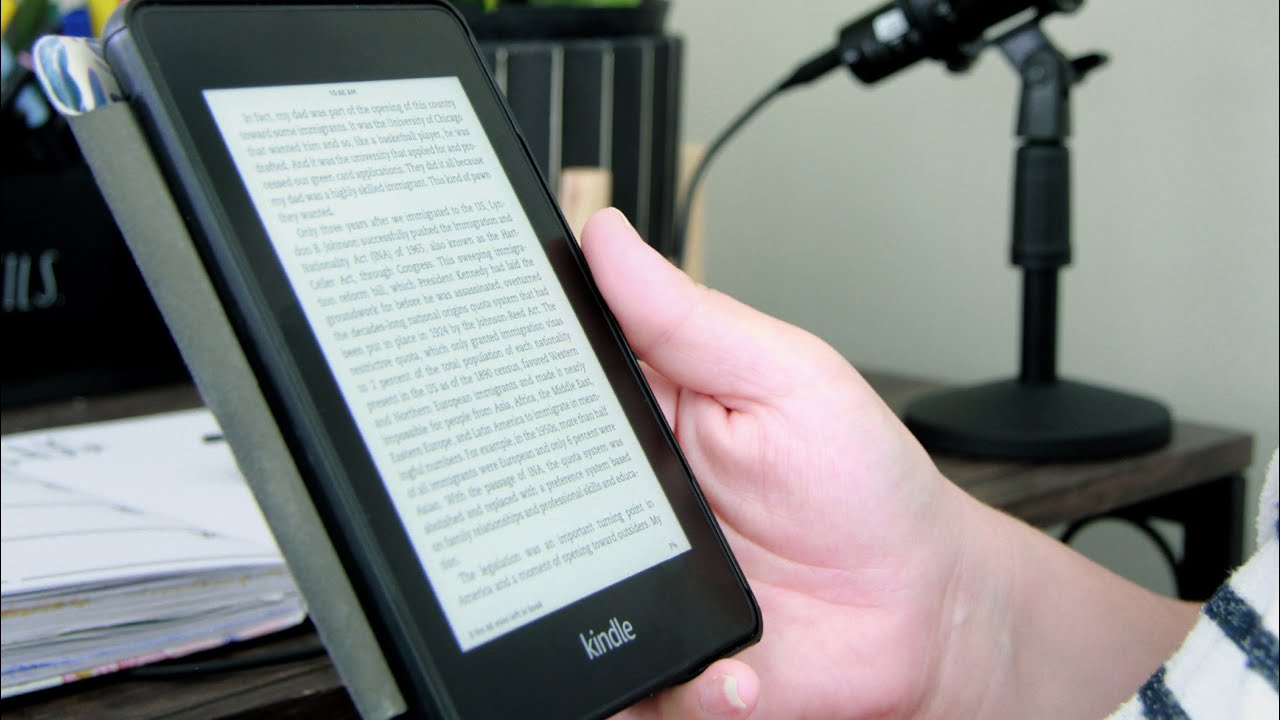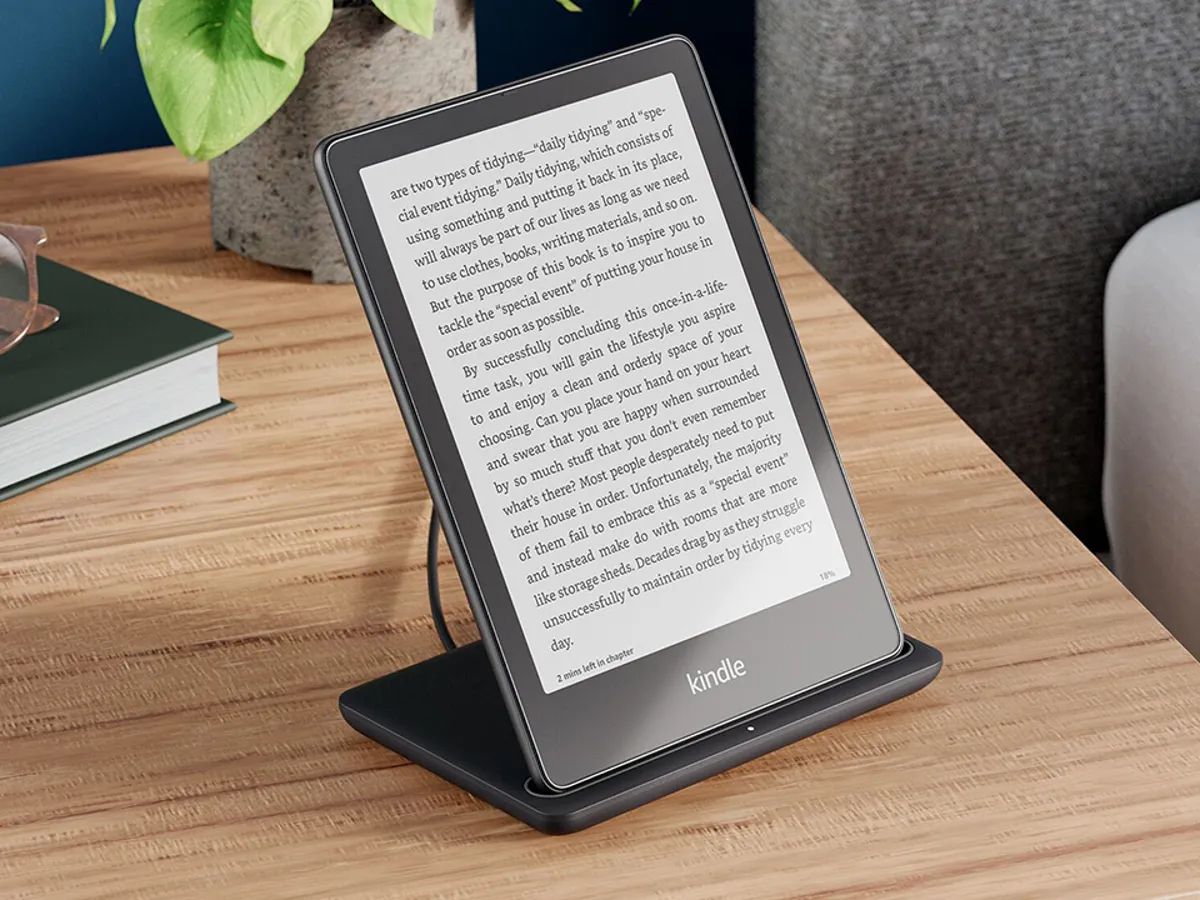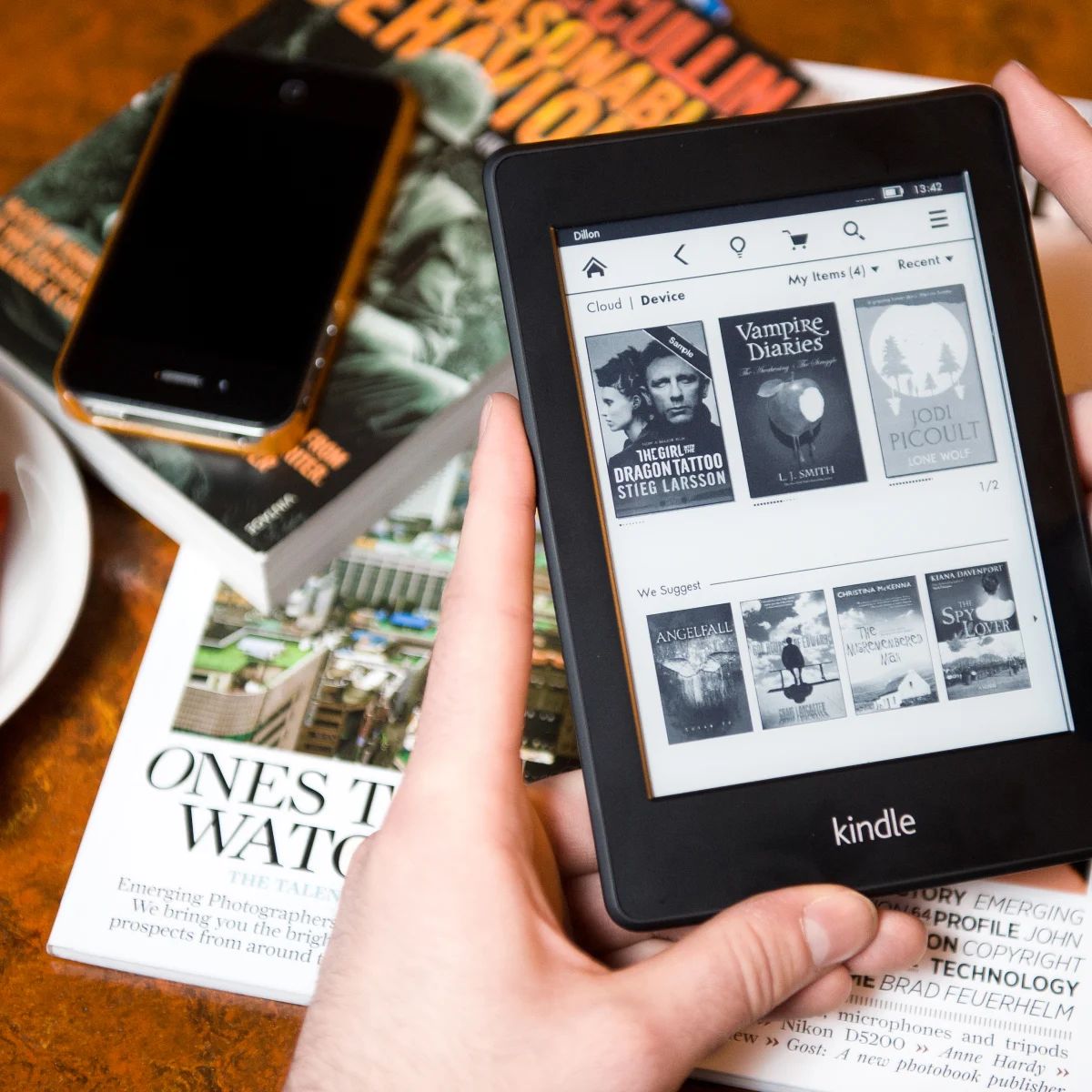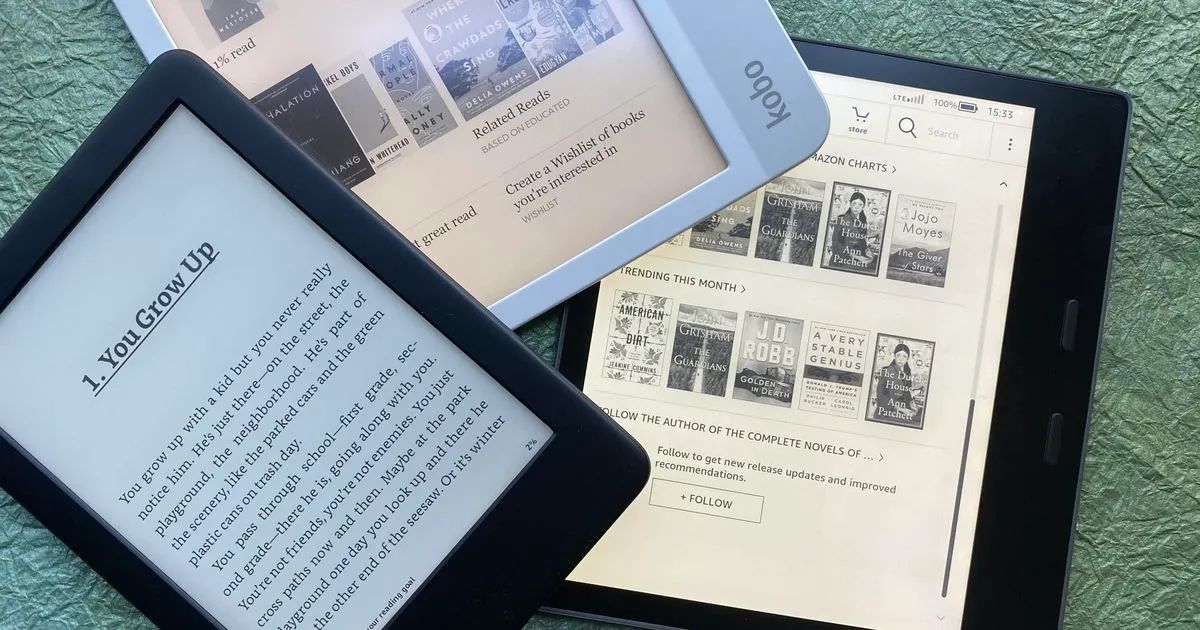Introduction
Welcome to this step-by-step guide on how to send an eBook to Kindle! If you have an Amazon Kindle device or use the Kindle app, you can easily transfer eBooks to your device and enjoy reading them at your convenience. Whether you’ve purchased an eBook or received one as a gift, this guide will walk you through the process of sending it to your Kindle.
With the advancements in technology, digital reading has become increasingly popular. eBooks offer a convenient and portable way to access a vast library of books without the need for physical copies. Whether you’re an avid reader, a student, or simply enjoy exploring different genres, having the ability to send eBooks to your Kindle can greatly enhance your reading experience.
Throughout this guide, we’ll explore the steps needed to seamlessly transfer an eBook to your Kindle device or app. Don’t worry if you’re not particularly tech-savvy; the process is straightforward and can be completed in just a few simple steps. By following this guide, you’ll be up and running with your favorite eBooks in no time.
We’ll cover everything from signing in to your Amazon account to finding your Kindle email address, adding the sender’s email to your approved list, attaching the eBook to an email, and finally, checking your Kindle device or app for the new addition. Whether you’re new to the Kindle ecosystem or a seasoned user, this guide will ensure that you have all the information you need to successfully send eBooks to Kindle.
Now that you have a brief overview, let’s dive into the step-by-step process of sending an eBook to Kindle. Whether you’re eager to read the latest bestseller or want to revisit a favorite classic, getting eBooks onto your Kindle has never been easier. So, let’s get started!
Step 1: Sign in to your Amazon account
The first step to sending an eBook to your Kindle is to sign in to your Amazon account. Your Amazon account is the gateway to accessing and managing your Kindle devices and content. If you don’t have an Amazon account, you’ll need to create one before proceeding.
To sign in to your Amazon account, follow these simple steps:
- Open a web browser and go to www.amazon.com.
- Click on the “Accounts & Lists” button at the top right corner of the page.
- From the dropdown menu, select “Sign In”.
- Enter your email address or mobile number associated with your Amazon account and click “Continue.
- Enter your password and click “Sign In”.
Once you’ve successfully signed in, you’ll have access to your Amazon account dashboard, which allows you to manage your Kindle devices, eBooks, and other digital content.
If you have forgotten your password, you can click on the “Forgot your password?” link and follow the instructions to reset it. Additionally, if you’re signing in from a public computer or shared device, make sure to uncheck the “Keep me signed in” box for security reasons.
Signing in to your Amazon account ensures that you have the necessary permissions and access to manage and send eBooks to your Kindle devices or apps. With easy access to your account, you’ll be ready to proceed to the next steps and start enjoying your favorite eBooks on your Kindle.
Step 2: Go to your Kindle settings
Once you’ve signed in to your Amazon account, the next step is to navigate to your Kindle settings. This is where you’ll find the necessary information to send eBooks to your Kindle device or app.
Follow these steps to access your Kindle settings:
- From your Amazon account dashboard, hover over the “Account & Lists” button at the top right corner of the page.
- In the dropdown menu, select “Your Content and Devices”.
- You will be redirected to the “Manage Your Content and Devices” page.
- Make sure you’re on the “Devices” tab.
On the “Devices” tab, you’ll see a list of all the Kindle devices associated with your Amazon account. If you have multiple Kindle devices, they will be listed here. Take note of the specific device you want to send the eBook to since you’ll need this information in the following steps.
Additionally, on this page, you can manage various settings and preferences related to your Kindle device. You can update device names, set the default Kindle device, and manage advanced features such as parental controls and reading progress synchronization.
This step is crucial as it allows you to access and modify your Kindle settings according to your preferences. It ensures that you have control over the devices and personalized settings that you want to use to read the eBooks you send to your Kindle.
Now that you’ve navigated to your Kindle settings, it’s time to proceed to the next step and find your Kindle email address, which is essential for sending eBooks to your Kindle device or app.
Step 3: Find your Kindle email address
In order to send an eBook to your Kindle, you’ll need to know your Kindle email address. Each Kindle device or app is assigned a unique email address that allows you to send eBooks directly to it. This address is crucial for the delivery of eBooks to your Kindle.
Follow these steps to find your Kindle email address:
- On the “Manage Your Content and Devices” page, click on the “Devices” tab to view your list of Kindle devices.
- Locate the specific Kindle device or app you want to send the eBook to.
- Look for the “Email” column next to the device name. Your Kindle email address should be displayed here.
Your Kindle email address typically follows this format: yourname_123@kindle.com. It’s important to remember that each Kindle device or app has its own unique email address, so if you have multiple devices, make sure you use the correct one when sending eBooks.
Take note of your Kindle email address and keep it handy. You’ll need it in the next steps when attaching the eBook to an email and sending it to your Kindle.
If you don’t see the email address listed or would like to customize your Kindle email address, you can click on the “Edit” button next to the device name to modify the email address associated with that device. However, keep in mind that there may be limits to the customization options available.
Now that you have located your Kindle email address, you’re one step closer to sending your desired eBooks to your Kindle device or app. The next step involves adding the sender’s email to your approved list to ensure smooth delivery of eBooks.
Step 4: Add the sender’s email to your approved list
In order for your Kindle device or app to accept and receive eBooks sent via email, it’s important to add the sender’s email address to your approved list. This ensures that eBooks from trusted sources are delivered and accessible on your Kindle.
Follow these steps to add the sender’s email to your approved list:
- From the “Manage Your Content and Devices” page, click on the “Preferences” tab.
- Scroll down to the “Personal Document Settings” section.
- Find the heading “Approved Personal Document E-mail List” and click on “Add a new approved email address”.
- In the dialog box that appears, enter the email address of the sender from whom you will be receiving eBooks.
- Click on “Add Address”.
By adding the sender’s email address to your approved list, you ensure that any eBooks sent from that specific email address will be delivered directly to your Kindle device or app. This step is important for security and spam prevention, as it restricts eBook delivery to trusted sources only.
If you’re unsure about the email address of the sender, you can always ask them to provide their registered email address or the one they will be using to send the eBook. This way, you can confidently add it to your approved list.
Remember that you can manage your approved list at any time, adding or removing email addresses as needed. This gives you control over who can send eBooks to your Kindle and ensures a safe and streamlined delivery process.
Now that you have added the sender’s email address to your approved list, you’re ready to move on to the next step: attaching the eBook to an email. This is where you’ll prepare the eBook for sending to your Kindle.
Step 5: Attach the eBook to an email
Now that you have your Kindle email address and the sender’s email is added to your approved list, it’s time to attach the eBook to an email. By attaching the eBook to an email, you’ll be ready to send it directly to your Kindle device or app.
Follow these steps to attach the eBook to an email:
- Open your preferred email client or webmail service.
- Create a new email message.
- In the “To” field, enter your Kindle email address.
- In the “Subject” field, you can leave it blank or add a brief description of the eBook.
- In the body of the email, you can add a message or leave it empty.
- Now, it’s time to attach the eBook file. Locate the eBook file on your computer or device.
- Drag and drop the eBook file into the email message, or click on the attachment icon within the email client to locate and select the eBook file from your computer.
Make sure that the eBook file you are attaching is a supported format for Kindle, such as .mobi or .azw. If the eBook is in an unsupported format, you may need to convert it using a third-party application or software before attaching it to the email.
Once the eBook file is attached, double-check that the email is addressed to your Kindle email and that everything is in order. Triple-check for any spelling mistakes in your Kindle email, as even a small error can prevent the eBook from being delivered to your device.
Now that you have successfully attached the eBook to the email, the next step is to fill in the subject line and message, which we’ll cover in the next step.
Step 6: Fill in the subject line and message
When sending an eBook to your Kindle, it’s a good practice to fill in the subject line and include a message, although these are not mandatory. Adding a subject line and message can help provide context and organization to your eBook delivery.
Follow these guidelines when filling in the subject line and message:
- Subject Line: The subject line should be informative but concise. It can indicate the title of the eBook or a brief description. For example, “eBook: Title of the Book” or “Title of the Book for Kindle”.
- Message: You have the option to include a message in the body of the email. This can be a simple note or any additional information you want to provide. For example, you can express your excitement about reading the eBook or share any specific instructions for navigating the eBook.
Remember, the subject line and message are optional, but they can enhance the overall communication and personal touch of the eBook delivery process. It’s an opportunity to add a personalized touch and make the delivery feel more special.
Keep in mind that the main focus is on the eBook itself and the successful delivery to your Kindle device or app. Providing a subject line and message is not necessary for the eBook to be sent and received, but it can help streamline and organize your eBook library.
Once you have filled in the subject line and optional message, you’re ready for the final step of sending the email with the eBook attachment. We’ll cover this step next, so you can complete the process and start enjoying your eBook on your Kindle.
Step 7: Send the email with the eBook attachment
Now that you have attached the eBook to the email and filled in the subject line and message (if desired), it’s time to send the email with the eBook attachment. Once sent, the eBook will be delivered to your Kindle device or app, ready for you to start reading.
Follow these steps to send the email with the eBook attachment:
- Double-check the recipient’s email address to make sure it is your unique Kindle email address.
- Review the subject line and message for accuracy and clarity.
- Click on the “Send” button or the equivalent option in your email client.
Once you’ve sent the email, the delivery process begins. Keep in mind that it may take a few minutes for the eBook to appear on your Kindle device or app, depending on your internet connection and other factors.
During this time, ensure that your Kindle device or app is connected to the internet, whether it’s through a Wi-Fi network or a mobile data connection. This is crucial for the eBook to be received and downloaded by your Kindle.
It’s also worth noting that some eBooks may be larger in file size, which can affect the delivery time. Be patient, and if you encounter any issues, double-check the sender’s email address, your internet connection, and your Amazon account settings to ensure they are all configured correctly.
Once the eBook has been successfully delivered, you’ll be able to access it on your Kindle device or app. You can check your Kindle library or the specific device’s library to find the newly received eBook.
Now that you’ve sent the email with the eBook attachment, it’s time to move on to the final step: checking your Kindle device or app to ensure the eBook has been successfully received and is ready to be read.
Step 8: Check your Kindle device or app
After sending the email with the eBook attachment, the final step is to check your Kindle device or app to confirm that the eBook has been successfully received and is ready for you to start reading. This step ensures that you can access your newly sent eBook without any issues.
Follow these steps to check your Kindle device or app:
- Ensure that your Kindle device or app is connected to the internet.
- Open your Kindle library or the specific device’s library where you want to find the eBook.
- Look for the newly received eBook in your library. It should be displayed alongside your other eBooks.
- If the eBook does not appear immediately, try refreshing your Kindle library by syncing your device or app.
If the eBook is not showing up in your library after syncing, double-check the following:
- Confirm that the email was sent to the correct Kindle email address.
- Verify your internet connection to ensure it is stable and functioning properly.
- Check if the eBook file format is compatible with your Kindle device or app.
If you encounter any issues or the eBook still does not show up after troubleshooting, it is recommended to contact Amazon customer support for further assistance. They can provide guidance and help resolve any problems that may be preventing the eBook from appearing on your Kindle device or app.
Once you’ve confirmed that the eBook is successfully displayed in your Kindle library, you can start reading it right away. Simply tap or select the eBook to open it, and enjoy your reading experience on your Kindle device or app.
Now that you’ve checked your Kindle device or app and found the eBook, you can dive into the world of literature and enjoy the content that you’ve sent to your Kindle.
Conclusion
Congratulations! You’ve successfully learned how to send an eBook to Kindle. With these simple and straightforward steps, you can easily transfer eBooks to your Kindle device or app and enjoy a vast library of digital content at your fingertips.
We started by signing in to your Amazon account, ensuring that you have the necessary access to manage your Kindle devices and content. Then, we navigated to your Kindle settings, where you could customize various preferences and view your Kindle email address.
Next, we added the sender’s email to your approved list to ensure that legitimate and trusted sources can deliver eBooks directly to your Kindle device or app. We then attached the eBook to an email, filled in the subject line and message (if desired), and sent the email with the eBook attachment.
After sending the email, we checked your Kindle device or app to ensure that the eBook was successfully received and ready to be accessed. By following these steps, you have set yourself up for an enhanced reading experience on your Kindle.
Remember, the ability to send eBooks to your Kindle opens up a world of possibilities, allowing you to explore a wide range of genres, access educational materials, or simply enjoy your favorite books in a digital format.
Should you encounter any challenges along the way or have any questions about the process, don’t hesitate to reach out to Amazon customer support. They are available to assist you and provide guidance to ensure a smooth and enjoyable eBook delivery experience.
Now that you’re equipped with the knowledge of how to send an eBook to Kindle, go ahead and dive into your digital library. Get ready to embark on countless adventures, learn new things, and indulge in the pleasure of reading, all from the convenience of your Kindle device or app. Happy reading!







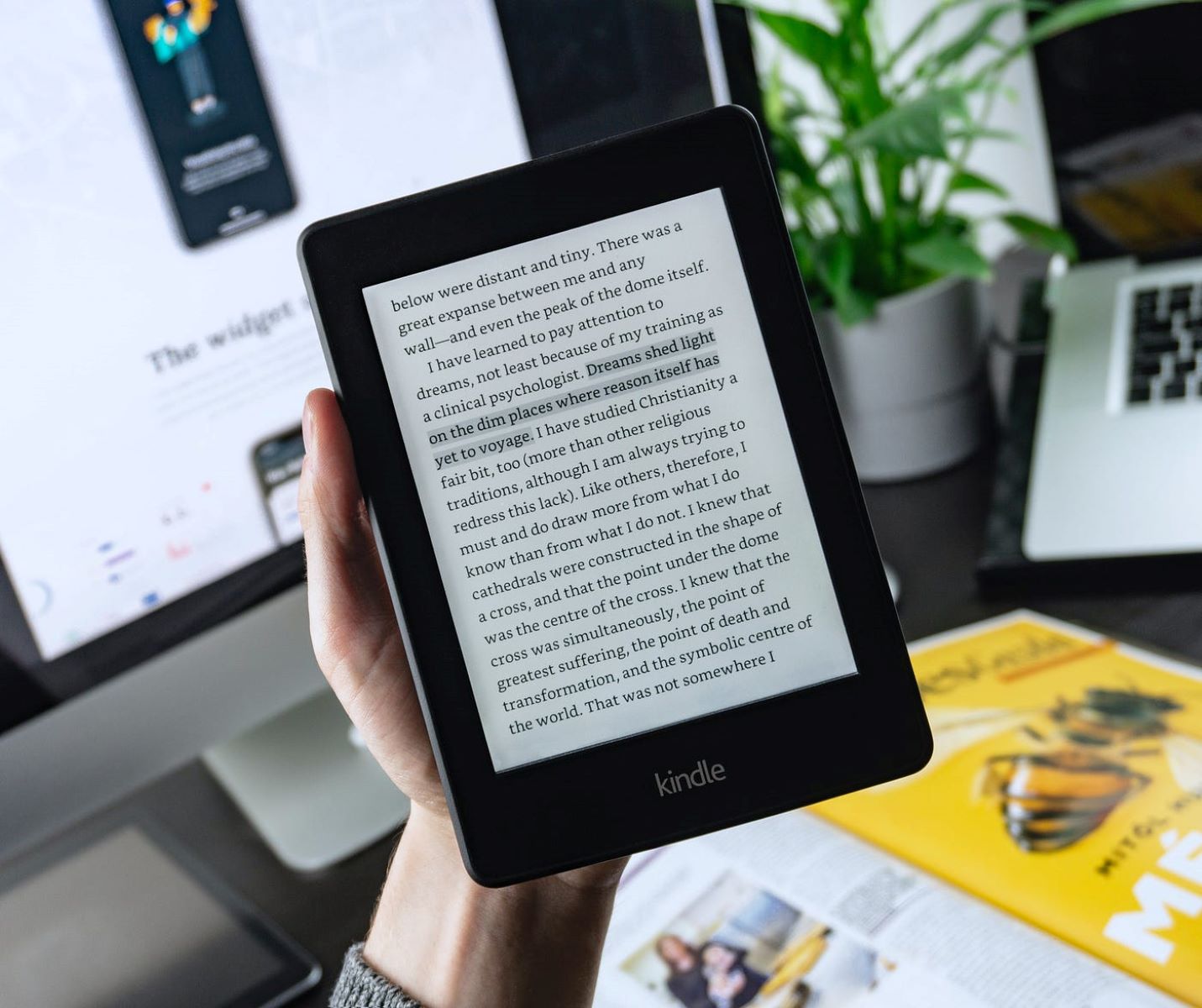

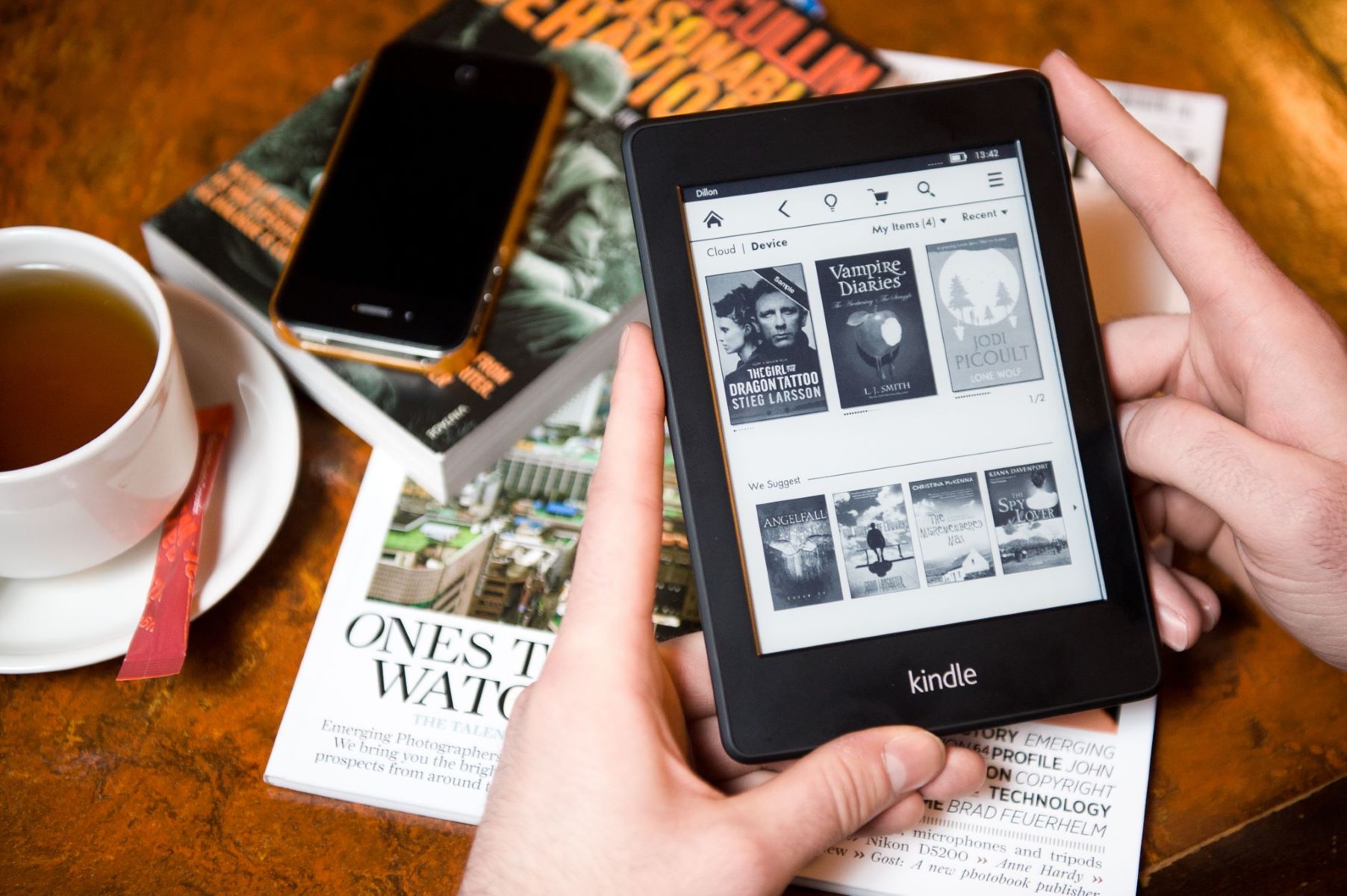

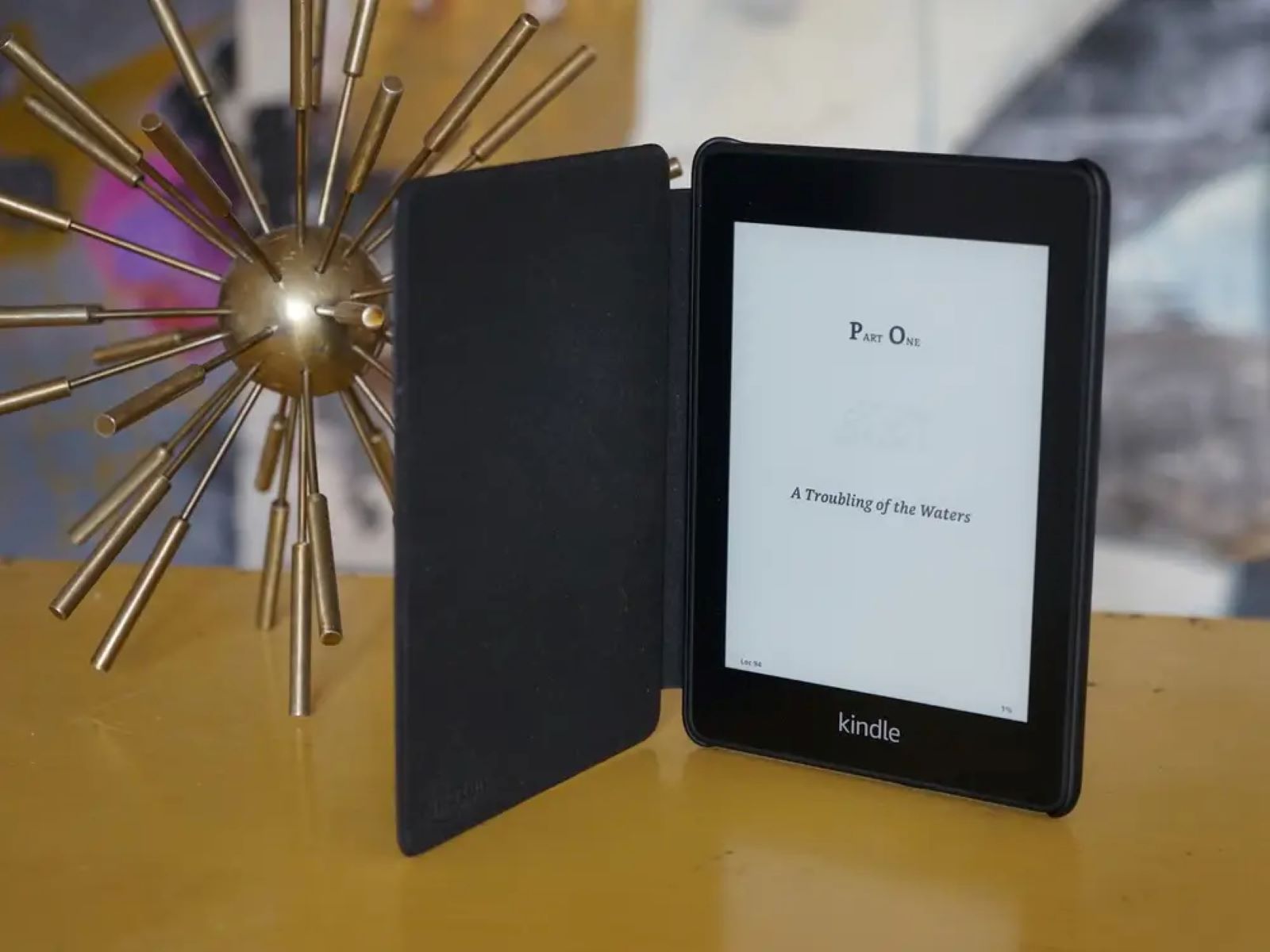
![How to Gift a Kindle Book to Someone? [GUIDE]](https://robots.net/wp-content/uploads/2022/07/how-to-gift-a-kindle-book-featured-2-300x175.jpg)
